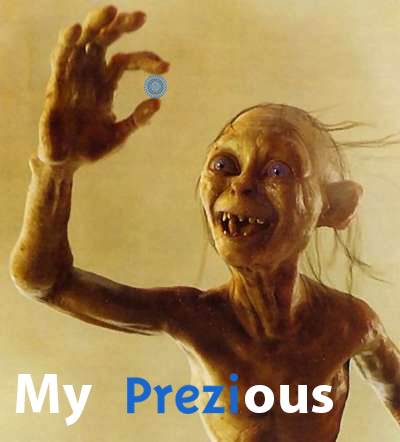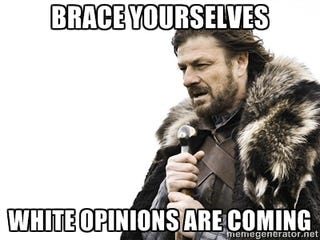The overall argument I make is this: rather than answer either/or questions about whether or not technological advancement and dependence leads to utopia or dystopia, whether technologies overdetermine or have minimal effects on a society's development, or whether people (especially those who have been systematically excluded from both the society and its technologies) should embrace or avoid these technologies, African American history as reflected through its rhetorical production shows a group of people who consistently refused to settle for the limiting parameters set by either/or binaries. Instead African Americans have always sought "third way"answers to systematically racist exclusions,demanding full access to and participation in American society and its technologies on their own terms, and working to transform both the society and its technologies, to ensure that not only Black people but all Americans can participate as full partners." (2)Bank's text has got me thinking about a lot of different aspects of rhetoric and technology (especially as I prepare to teach 402 next semester), and I really enjoy the way he weaves narrative, history, and theory together. His discussion of access expands on Reed's categorizations by adding critical access to the mix as well. We have already talked about how access should not just be viewed strictly in terms of material access: "Hey, here's a computer!" or, in the case of this text, "Hey, look, 90% of students in the US can access the web!" (137), but that it should also include knowledge, experience, and discernment. Bank's talks about this issue in the second chapter in terms of schools who are "under-performing" paying massive amounts of money to bring in technology or a new system that teachers are not trained to use and will be obsolete in a few years, and the troubling regime of "drill/skill/kill". The depiction of the young girl using a computer program to place commas in sentences that talk about technology's takeover was particularly disturbing to me, especially because, as pre-graduate school student, I never really thought about what any of the programs were saying to me or what that meant. Now that I am a teacher, I'm struggling with that issue right now, because the functions I want to use are compatible with Word (aka. fork over that money so we can use track changes) and not some of the free programs such as Open Office and Google Docs. Though we do have the AML, I'm not sure that fully addresses what that extra work and training means to either students or instructors.
 |
| A teacher's joke about technology and how to really be successful. http://msvice.blogspot.com/2013/08/beginning-of-year-bulletin-board.html?m=1 |
I was also especially interested in the section regarding the absence of articles discussing race and the digital divide in technical communication, given that I analyzed Technical Communication Quarterly
in 534. Banks states that in English studies, issues of race, technology, and access are examined, but rarely the connections between them (12). According to Banks, the best Technical Communication Quarterly can do is "a grudging nod in the direction of Black people" (15), and, fittingly, our review failed to mention any trends related to race or access. It seemed to us that the journal focused much more on genres (especially online), international communication, issues in medicine/health care, and the role of the technical communicator as author rather than producer. I appreciate that Banks acknowledges the difficulty and uncertainty that comes with trying to bring these issues into the classroom, stating,
Both areas [technical communication and rhetoric and composition] place faculty in two constant and almost ridiculous binds: having to choose between "The World" and "Technology," between being and remaining true to a developing tradition of critique and providing students with the means with which they can gain access to the university and the workplace (140).I appreciate that he acknowledges the struggle and his own uncertainty (though that is also a bit scary given that I am so much more inexperienced), considering our conversation last week about the pressures and constraints that come with teaching such courses. I also like that he gives some ideas for how to use projects to have students wrestle with some of this stuff, though I'm curious how he gets the materials for some of his assignments. When we talked about our ideal learning environments last week, I definitely wanted one with a magical supply closet that contained, well, whatever I wanted, but maybe at least some markers, poster board, and Legos. Also, I want the library to trust me enough to let me into the computer lab...sigh...Banks states, "The burden of access is not only the responsibility of those seeking it, but is a systemic burden as well" (21). Where is my 'check yes' button now?
Also, on a related note, the Race Card Project is a rabbit hole that's going to stop me from getting lesson planning done. I'm following the disturbing path of patrioticvigilantie's comments (though unfortunately the activity tied to the account is private, so I can't read them all in one place). The computer has told me to "deal with it," complete with a smirking blue face and sunglasses. This brings me back to the article we read about the blogger in Cuba, and whether or not these places for comments are productive sites for real conversation or not. It seems to me that unlike the forums with students that we also discussed two weeks ago, no one is really talking to each other.







.jpg)










